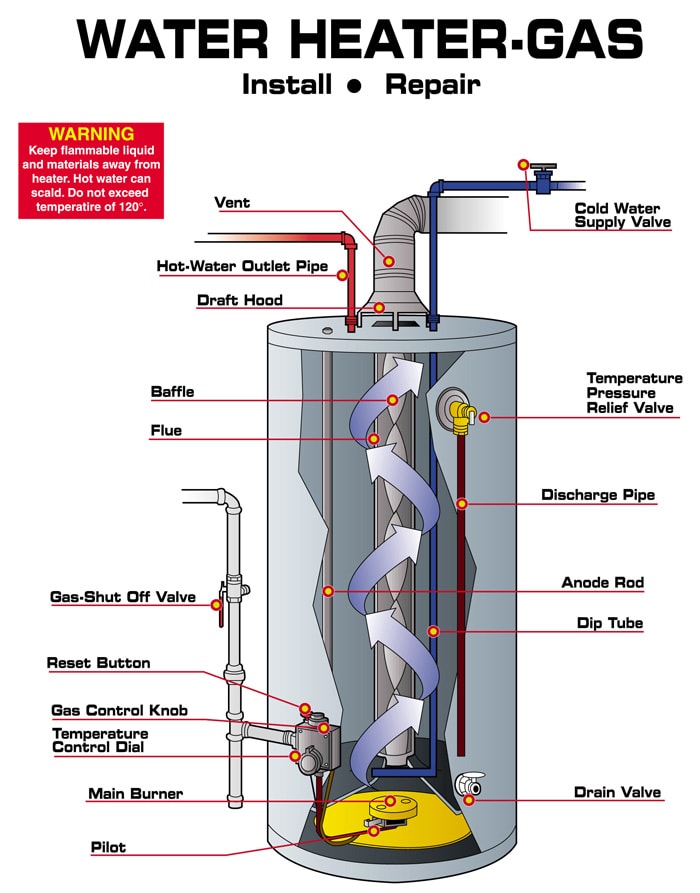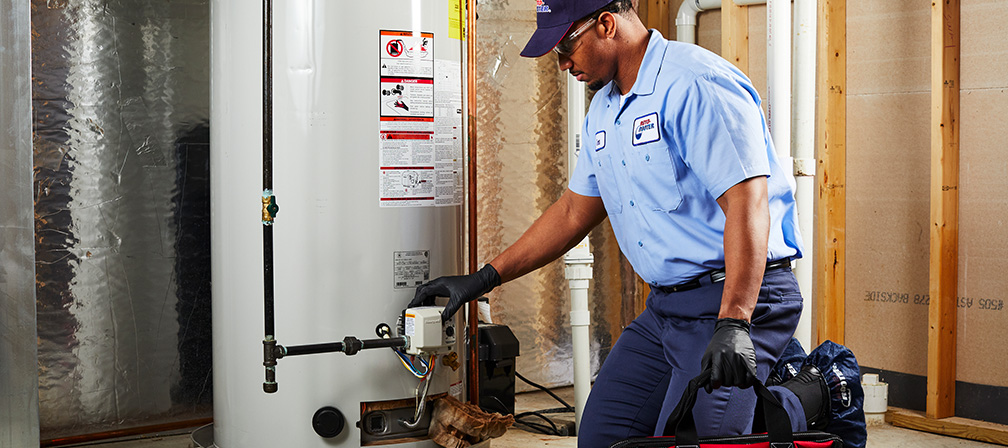DIY Hot Water Heater Setup: Crucial Actions for Success
When taking into consideration a DIY water heater setup, it is vital to approach the task with a methodical state of mind, as the process involves several vital actions that can substantially impact both safety and security and effectiveness. Picking the suitable water heating unit for your specific requirements is simply the beginning; preparing the installation location and comprehending the necessary tools and materials are similarly essential.
Selecting the Right Water Heating Unit
When selecting a water heating system, it is vital to think about numerous crucial variables to ensure ideal performance and effectiveness - water heater installation Brea. Assess the type of water heating unit that finest suits your requirements. Choices consist of tankless, storage space container, and heatpump hot water heater, each offering unique benefits in terms of energy effectiveness and space demands
Next, analyze the capacity required for your house. A larger household might need an unit with a greater gallon capacity or a tankless system that can provide continuous warm water. It's additionally critical to consider the energy resource; typical options include electric, gas, and gas. Each energy kind has ramifications for installation expenses and long-lasting energy expenditures.
Energy efficiency is an additional vital element. By meticulously reviewing these elements, you can select a water heating unit that lines up with your home's particular requirements, making sure comfort and effectiveness for years to come.
Tools and Products Needed
Efficiently installing a water heating unit requires not just the appropriate option of device yet likewise the suitable tools and materials. Before embarking on your DIY task, guarantee you have a detailed checklist of things to facilitate a smooth setup procedure.
Important devices include a pipe wrench, adjustable pliers, and a screwdriver collection (both flathead and Phillips), which will certainly help you manage different installations and connections. Furthermore, a drill with ideal little bits is required for mounting braces or making any kind of called for holes. For security, a voltage tester is vital, especially when handling electrical hot water heater.
You will certainly additionally require a flexible water supply line, which can be either knotted stainless steel or PVC, depending on your choices and regional codes. By collecting these products and devices in advance, you established the stage for an effective water heating system installation.
Planning For Installation
Before beginning the installation of your water heating unit, it is vital to analyze the installment website to ensure it fulfills all needed requirements. Start by confirming that the location is well-ventilated, particularly for gas water heating units, to stop the build-up of unsafe gases. Look for the schedule of necessary links, consisting of supply of water lines and electric outlets, ensuring they are in excellent problem and correctly situated.

Furthermore, inspect the existing pipes and electrical systems to determine if fixings or upgrades are needed before installment. This positive approach not only ensures conformity with local building regulations but additionally boosts the longevity and efficiency of the hot water heater. Collect all required permits, if essential, to stay clear of legal complications later. Correct preparation sets the stage for a smooth installment procedure and aids protect against unforeseen issues.
Step-by-Step Installation Process
With the prep work complete and all essential assessments carried out, the next phase includes the detailed installment of your water heater. For tank-type water heating units, attach the cool water supply line to the inlet, normally marked in blue, and the warm water line to the outlet, normally assigned in red.
Next, secure the temperature and stress safety valve, which is necessary for safety. Affix the discharge pipeline to this valve, routing it in the direction of the flooring or an ideal drain area. For electrical models, link the power supply by removing the cables and protecting them to the heating unit's terminals according to the producer's instructions.
If you are setting up a gas hot water heater, guarantee the gas line is connected effectively and look for leakages utilizing a soap option. Nevertheless connections are made, fill up the storage tank with water before transforming on the power or gas supply. Enable the water heating system to get to the preferred temperature level and check for any leaks around all connections.
Ensuring Safety And Security and Performance
Consistently guaranteeing safety and efficiency during the setup and procedure of your water heating unit is critical for ideal performance and long life. Begin by choosing an ideal place that complies with local building codes and supplies ample ventilation. Guarantee that the area is without flammable products and has adequate space for upkeep and examinations.

After installment, conduct normal look at the device to detect leaks, corrosion, or uncommon sounds. Establish the thermostat to a risk-free temperature level, typically around 120 ° F, to prevent scalding and improve energy effectiveness. Shield pipelines to lower heat loss, which adds to decrease energy link expenses.
Verdict
In conclusion, effective Do it yourself water heater installation hinges on cautious preparation and execution. Selecting the appropriate water heater, preparing the setup area, and following an organized installment procedure are vital actions.
When moved here considering a DIY water heating system installation, it is important to come close to the job with a systematic attitude, as the procedure includes a number of essential steps that can considerably impact both safety and security and performance.Prior to beginning the setup of your water heating system, it is essential to analyze the installment website to guarantee it meets all needed requirements. For tank-type water heaters, link the cold water supply line to the inlet, generally marked in blue, and the hot water line to the outlet, usually assigned in red.Routinely guaranteeing safety and security and efficiency during the installment and operation of your water heating system is essential for optimum performance and long life. Selecting the appropriate water heating unit, preparing the setup location, and adhering to a systematic setup process are vital actions.